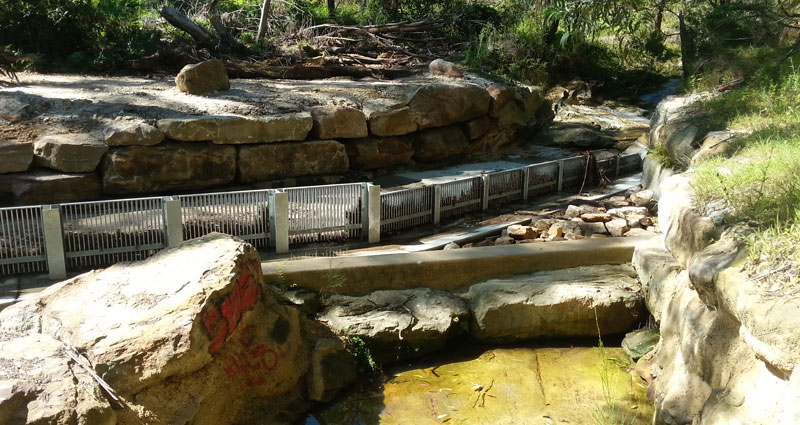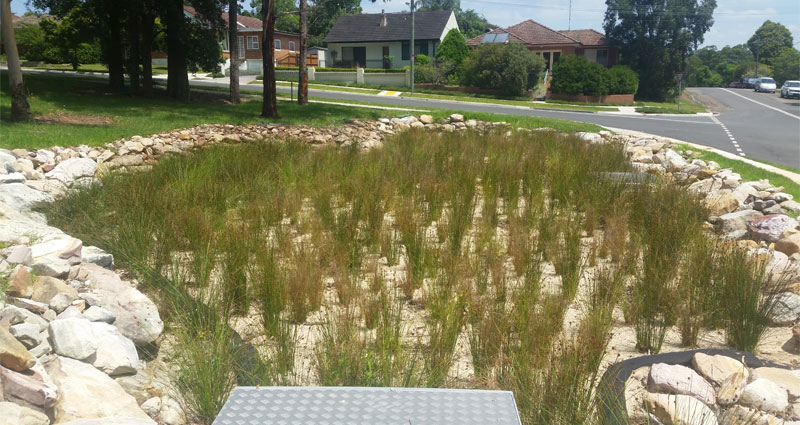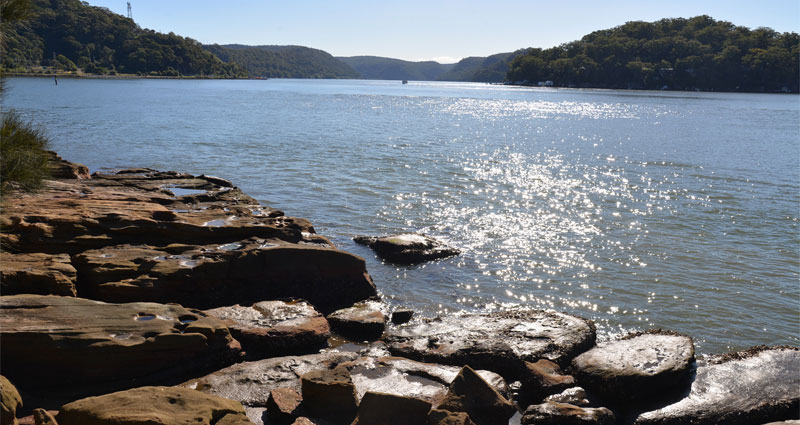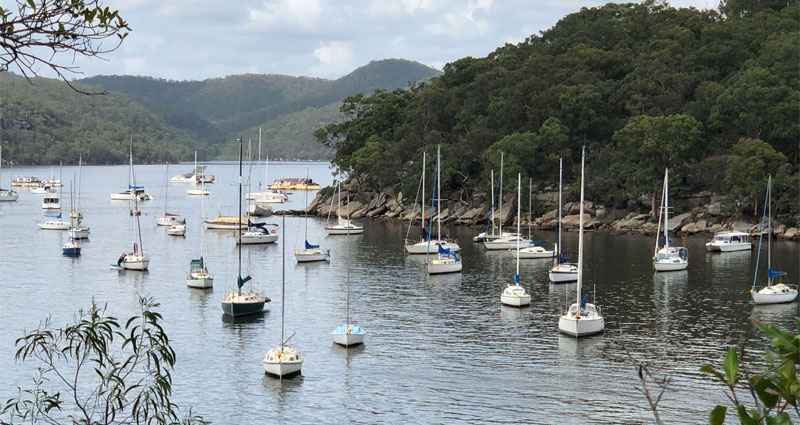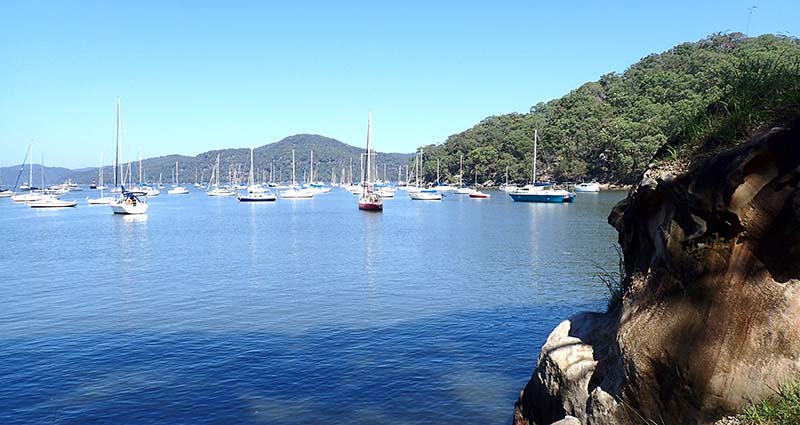The Hornsby Water Cycle
Hornsby Shire is known for its beautiful and accessible natural environment, including bushland and national parks, rivers and creeklines, and native plants and wildlife. People have long been attracted to this environment, dating back to Aboriginal communities who thrived off the plentiful resources, and European settlers who utilised the land for farming and other industries. As the region became more developed, the once-pristine natural environment started to become degraded.
Waterways saw a decline in water quality and modifications to natural flow patterns due to rapid development. Beginning in the 1970s, residents became active in voicing concerns around waterway health, commitments from Council and other organisations to act on improving water quality as seen through the historic Statement of Joint Intent and implementation of the Catchments Remediation Rate. Hornsby Shire Council is now seen to be leading the way in implementation of water sensitive urban design. Despite this proactive approach, Hornsby Shire will need to plan wisely to adequately service a growing population in a warming and drying climate, while ensuring environmental and liveability outcomes for the region.
The water cycle is the term for everything that happens to water between falling as rainfall and being evaporated again into the clouds. For a pictorial representation of the total water cycle, download the posters below:
- Poster – The Water Cycle of Hornsby (PDF 385kb)
- Poster – Human settlement and the water cycle of Hornsby (PDF 513kb)
In the past, urban planning and development considered all elements of the water cycle separately, be they water quantity or quality. Hornsby Shire Council has subsequently realised that to manage water efficiently, a better understanding of the complete water cycle needs to be developed so that when a decision needs to be made relating to one component of the water cycle, the implications for the rest of the components of the water cycle can be better assessed.
In March 2020 the Council adopted a new Water Sensitive Hornsby Strategy that employs a whole-of-water cycle approach to future water management within the Shire, including considerations for:
- provisions for water supply and sewer
- stormwater treatment assets
- potable water demand
- water sensitive urban design
- environmental flows and waterway health
- community education
- flood management
- regional collaboration (including economic and business opportunities)
This holistic approach will allow Council to optimise the existing infrastructure and systems and transition to new technologies and practices in a manner that minimises cost to the community.








